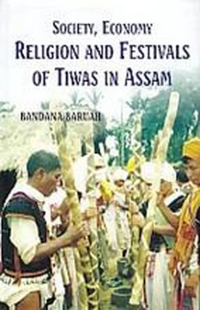Can you please answer them
|:>4. Questions 1-5. Here are two processes by which we can make a widget. I This process needs 30 tons of rubber, and 70 tons of timber, per week. II This process needs 70 tons of rubber, and 30 tons of timber, per week. 4. Now assume that one ton of rubber exchanges for four tons of timber in the market. Which processes are economically feasible? Both are economically feasible. Only I is economically feasible. Only II is economically feasible. We cannot say without more information. D6. Which statement below is TRUE? Of the innumerable ways of combining resources that are economically feasible, only a relatively tiny subset is technologically feasible. Of the innumerable ways of combining resources that are technologically feasible, only a relatively tiny subset is economically feasible. |:> 7. 7. Here are four statements about markets and planning. Which statement is FALSE? Karl Marx envisaged a world without private property and market prices. The free market is incompatible with any sort of planning. The free market coordinates the plans of firms and households. Central planning supersedes planning by private agents. D3. Questions 1-5. Here are two processes by which we can make a widget. I This process needs 30 tons of rubber, and 70 tons of timber, per week. II This process needs 70 tons of rubber, and 30 tons of timber, per week. 3. Now assume that four tons of rubber exchange for one ton of timber in the market. Which processes are economically feasible? Both are economically feasible. Only I is economically feasible. Only II is economically feasible. We cannot say without more information. |:>5. Questions 1-5. Here are two processes by which we can make a widget. I This process needs 30 tons of rubber, and 70 tons of timber, per week. II This process needs 70 tons of rubber, and 30 tons of timber, per week. 5. Now assume that one ton of rubber exchanges for one ton of timber in the market. Which processes are economically feasible? Both are economically feasible. Only I is economically feasible. Only II is economically feasible. We cannot say without more information. Questions 1-5. Here are two processes by which we can make a widget. I This process needs 30 tons of rubber, and 70 tons of timber, per week. II This process needs 70 tons of rubber, and 30 tons of timber, per week. 1. Which processes are technologically feasible? Both are technologically feasible. Only I is technologically feasible. Only II is technologically feasible. We cannot say without more information. |:>8. Questions 8-9 (two points). In his seminal essay "Economic Calculation in the Socialist Commonwealth" (1920), Ludwig von Mises explained that two conditions must hold before monetary calculation can be employed in directing production. Which are those two necessary conditions? (Choose TWO.) Select all that apply A market in first-order goods (consumption-goods). A market in higher-order goods (capital goods). A universally employed medium of exchange. International free trade. |:>2. Questions 1-5. Here are two processes by which we can make a widget. I This process needs 30 tons of rubber, and 70 tons of timber, per week. II This process needs 70 tons of rubber, and 30 tons of timber, per week. 2. Which processes are economically feasible? Both are economically feasible. Only I is economically feasible. Only II is economically feasible. We cannot say without more information













